Belle Isle Historic District and Civil War Prison
Introduction
Text-to-speech Audio
Images
Sign for Belle Isle park
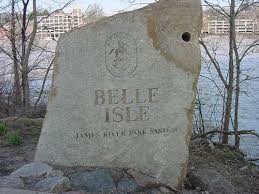
As it looks today
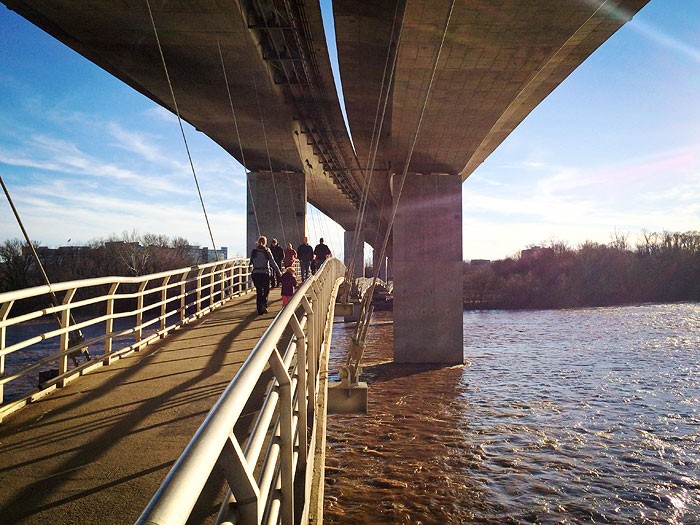
Ruins of the Civil War prison on Belle Isle
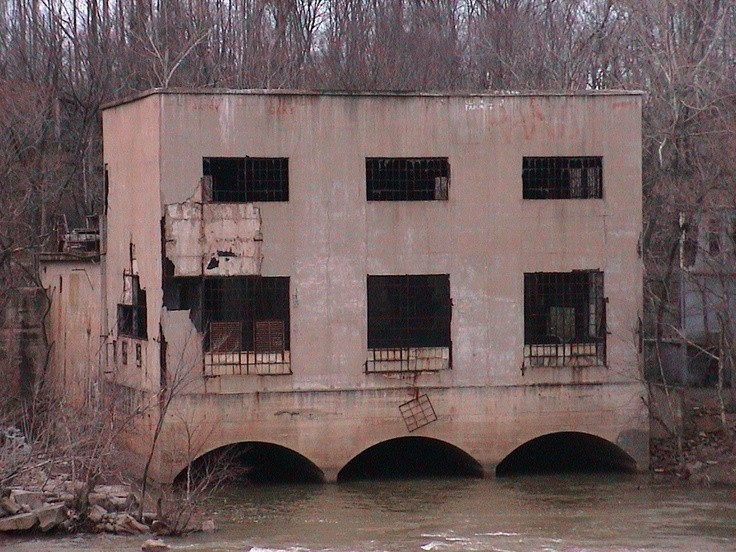
At the time of the Civil War
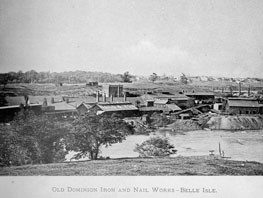

1865 depiction of the prison on Belle Isle
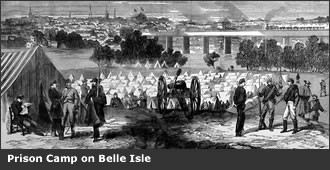
Ruins of the milling and slitting factory in Belle Isle
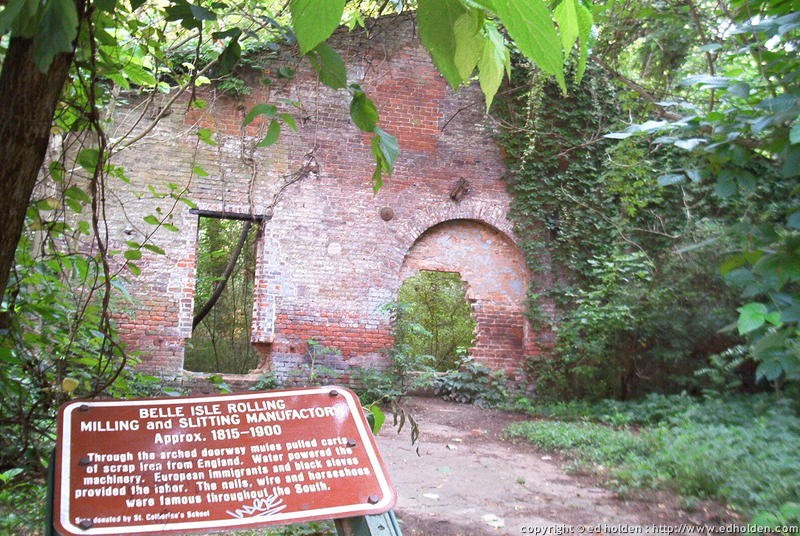
1908 photo of Belle Isle (in distance) and train-bridge over the James River
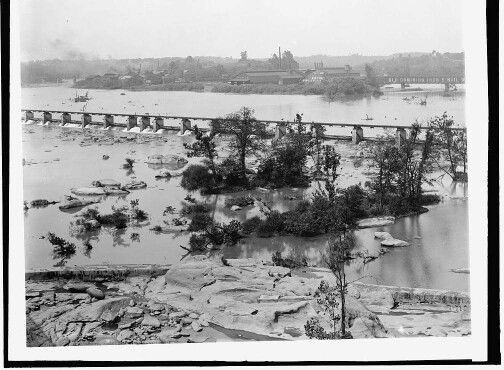
Backstory and Context
Text-to-speech Audio
Belle Isle was originally called Broad Rock Island when first explored by John Smith in 1607. From there until the Civil War it served as a fishery, location for a nail factory, a milling and slitting manufacturing site, and a village (which contained a church, a school and and store).
Between 1862 and 1865, Belle Isle was home to approximately 30,000 Union prisoners of war. Of this number, an estimated 1,000 soldiers perished while in captivity on the island. Rather than construct an actual prison, Confederate military officials housed captured Union prisoners in tents surrounded by a stockade, with the wall and the river serving as a deterrent to escape.
In 1863, the prison held 10,000 Union soldiers but only had enough tents to accommodate 3000 men. While the site's swift rapids discouraged escape attempts and the bridge connecting the island to the city made for easy movement of prisoners, the atmosphere endured by the prisoner’s was anything but favorable. The prisoners’ long exposure to the atrocious elements, along with the smallpox outbreak of 1863, was a large factor in the astounding death toll on the island. The island’s second commander, Captain Henry Wirz was actually hanged after the war for his maltreatment of prisoners at Andersonville in Georgia.
The large numbers of prisoners on the island caused a large increase in the price of food in Richmond. This consequently caused a cut in the rations of the prisoners leaving the average ration to a square of cornbread and thin soup that the soldiers claimed to be nearly inedible.
Union troops attempted to liberate men from the prison in a skirmish known as the Battle of Walkertown. The failed campaign started with Brigadier General Hugh Judson Kilpatrick leaving on February 28 with 4,000 men, with intentions to raid Richmond, penetrate the defense, and free the POW’s. In 1864, Assistant Surgeon of Jarvis Hospital, Peter DeWitt, performed services on several prisoners who were recently released from Belle Isle. His description pertaining to the majority of the patients was as follows:
"a semi-state of nudity...laboring under such diseases as chronic diarrhoea, phthisis pulmonalis, scurvy, frost bites, general debility, caused by starvation, neglect and exposure. Many of them had partially lost their reason, forgetting even the date of their capture, and everything connected with their antecedent history. They resemble, in many respect, patients laboring under cretinism. They were filthy in the extreme, covered in vermin...nearly all were extremely emaciated; so much so that they had to be cared for even like infants.”
In May, 1864 President Lincoln sent his Assistant Secretary of the Treasury to conduct an investigation concerning the freed prisoners of Belle Isle. Assistant Secretary of the Treasury gives his eyewitness account in, "Recollections of President Lincoln and His Administration," which was published in the late 1890s and still available today. He narrates how shocked President Lincoln was when he learned of the devastating circumstances in which the Union prisoners had been left by the CSA.
Finally, in February 1864, Belle Isle was evacuated by Confederate authorities and prisoners were sent to Andersonville, Ga, Danville, VA, or Salisbury, NC. By October 1864, the POW’s of Belle Isle's transferred and the prison was officially closed. Belle Isle was then returned to its previous owners by the Confederate authorities. In 1900 the site was sold to the Virginia Power Company.
Belle Isle was made into a park in 1973 and offers those in the Richmond, VA area a serene location only a short distance from the heart of the city. Belle Isle offers trains, swimming, rock jumping/climbing, birdwatching, kayaking, and other activities to the public. Having held a once dark past, Belle Isle is now a beautiful, serene place with tons of history.
